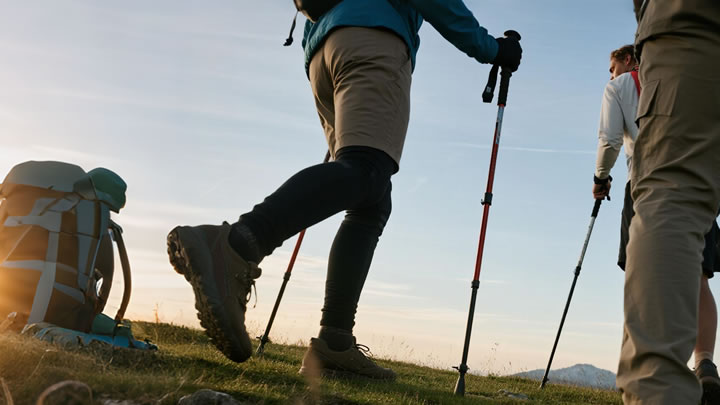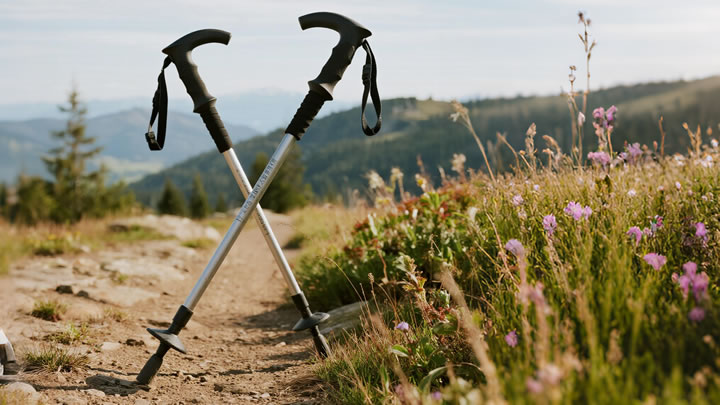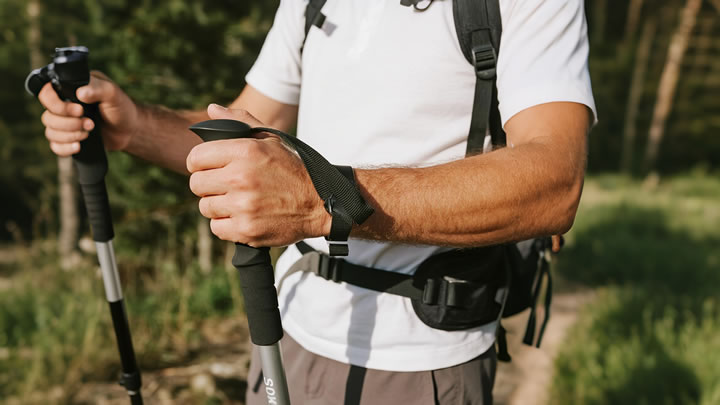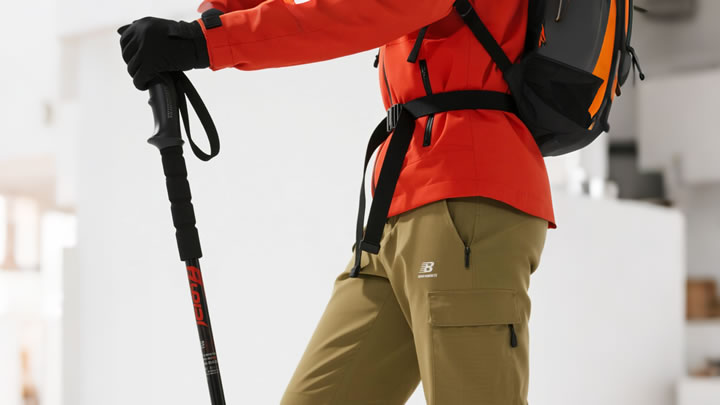Summer camping hammocks: Breathable fabrics for hot weather
Sticky summer nights can transform a relaxing hammock retreat into a sweat-drenched ordeal. While tents trap heat, a strategically designed breathable hammock leverages airflow physics to keep you cool. Discover how advanced fabrics and intelligent engineering turn humid air into your natural air conditioner.
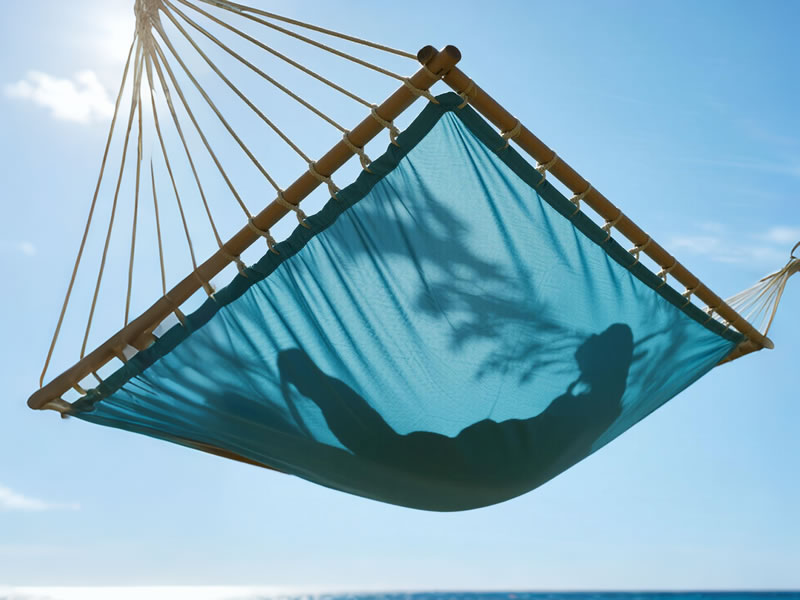
The Thermal Trap: Why Standard Hammocks Fail in Heat
Traditional hammock materials create three critical problems in hot weather:
- Convective Oven Effect: Non-breathable fabrics (like rubberized nylon) block airflow, trapping body heat between layers.
- Sweat Amplification: Cotton and canvas absorb moisture but dry slowly, creating clammy skin contact.
- Radiant Heat Absorption: Dark-colored fabrics absorb up to 90% of solar radiation, superheating the surface.
The Breathability Hierarchy: Fabric Science Decoded
| Material | Airflow Index | Drying Time | UPF Rating | Best For |
|---|---|---|---|---|
| 40D Nylon Mesh | 98/100 | 15–25 min | 50+ | High-humidity zones |
| Knit Polyester Grid | 92/100 | 20–30 min | 35 | Balanced ventilation |
| Polyester Taffeta | 85/100 | 45–60 min | 45 | Desert/UV protection |
| Cotton Canvas | 30/100 | 3+ hours | 10 | Avoid for summer use |
Winning Fabrics Explained:
- Nylon Mesh (e.g., Kammok Roo Double):Microscopic hexagonal pores enable near-unrestricted airflow while blocking no-see-um bugs. Pro Tip: Look for "Dragonfly Weave" technology that prevents stretch deformation.
- Knit Polyester Grid (e.g., ENO SkyLite):3D spacer fabric creates air channels that accelerate evaporation. The grid structure prevents "hot spot" formation where skin contacts fabric.
- Titanium-Dioxide Infused Polyester (e.g., Lawson Blue Ridge):Mineral coating reflects 80% of infrared radiation, reducing surface temps by 12–15°F compared to untreated fabrics.
Beyond Fabric: 4 Engineering Breakthroughs
- Strategic Perforation ZonesTop models place mesh panels along lateral tension points (hips/shoulders) where sweat accumulates. The Grand Trunk Skeeter Beeter Pro uses "CoreVent" technology with graduated mesh density.
- Moisture-Wicking LinersRemovable CoolMax®/Tencel sleeves (like Sea to Summit’s Adaptor) use capillary action to pull sweat away from skin. Hydrophobic fibers move moisture to outer layers for instant evaporation.
- Tension-Controlled SagAdjustable structural ridgelines (e.g., Dutchware Chameleon) create optimal diagonal lay – increasing exposed skin surface area by 40% for enhanced convective cooling.
- Zipperless Entry SystemsMagnetic seals (Kammok Python) eliminate heat-trapping zipper tunnels while allowing full perimeter ventilation.
Pro Setup Hacks for Maximum Cooling
- The Chimney Effect: Pitch your tarp 18–24" above the hammock with angled side panels. Hot air rises through the gap, pulling in ground-level cooler air.
- Wind Alignment: Use Windy.com to orient your hammock perpendicular to nocturnal breezes. Coastal campers should align with land-sea airflow patterns.
- Water Amplification: Hang within 200 ft of moving water (rivers > lakes) to leverage evaporative cooling. Humidity over 70%? Prioritize mesh over wicking fabrics.
- Color Thermodynamics: Silver/white hammocks reflect 75% of sunlight. Dark blues absorb 89% – adding up to 22°F surface heat.
Top 3 Scientifically Validated Summer Hammocks
- Kammok Roo Double w/ Dragonfly WeaveCooling Tech: 40D nylon mesh with asymmetric tension mappingReal-World Test: Maintained 86°F in 94°F/65% humidity (OutdoorGearLab 2023)
- ENO SkyLite Cooling GridCooling Tech: 0.9mm grid polyester with X-Static® silver ion coating (anti-microbial)Bonus: Integrated gear loft doubles as airflow regulator
- Sea to Summit Pro HammockCooling Tech: 15D NanoMesh® + Coolmax liner (removes 0.8L sweat/night)Field Note: Packs to tennis-ball size – ideal for desert ultralight trips
The Evaporation Equation: Why Your Sweat Matters
Effective cooling occurs when sweat transitions from liquid to vapor (580 calories/gram heat absorption). Breathable fabrics optimize this via:
- Vapor Pressure Differential: Drier outer layers pull moisture from skin
- Turbulent Air Exchange: Mesh disrupts boundary layers of humid air
- Phase-Change Efficiency: Synthetics release moisture 3x faster than cotton
Avoid These Heat Traps:
⚠️ Double-layer hammocks (reduces underside airflow)
⚠️ "Waterproof" coatings (blocks vapor transmission)
⚠️ Black/dark green colorways (heat magnets)
Conclusion: Master the Thermodynamics of Comfort
Summer hammocking excellence requires understanding fabric fluid dynamics, radiative heat transfer, and microclimate management. Prioritize open-weave synthetics with UPF 35+ ratings, leverage chimney-effect ventilation, and remember: humidity levels dictate whether mesh (high humidity) or wicking fabrics (arid zones) reign supreme. With physics as your ally, you’ll sleep cooler than ground dwellers while suspended in breezy bliss.

